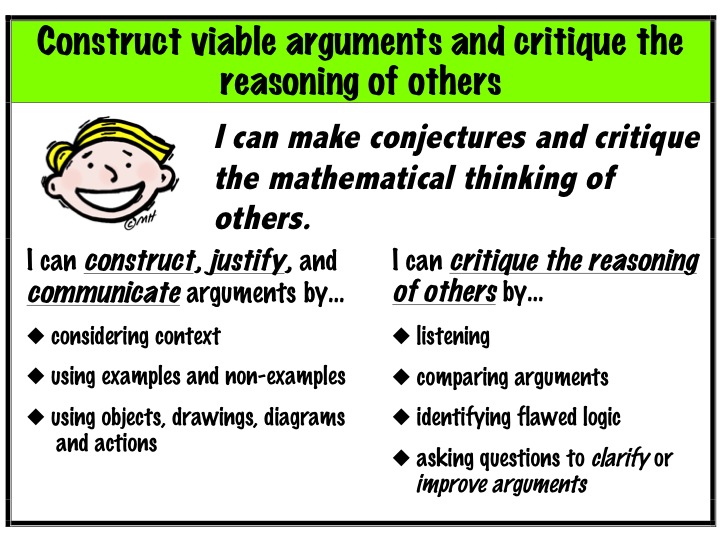It's math - why not focus on the answers that are accurate? Honestly, some of the most powerful student-centered math discussions I've facilitated or observed stem from the idea of sharing all student answers. When an answer is shared, many teacher ask for other solutions that students have come up with. Another strategy I regularly use, is to circle around observing student work and noting all the possible answers and then post them for students to ponder. Sometimes I include an answer from a common misconception, even if I have not noticed it on the student work for that day. This fosters student reflection before the math discussion begins.
Having multiple answers centers the discussion on student reasoning and justification. It aids in revealing both understanding and misunderstanding. Further, through the discussion, students construct viable arguments and critique the reasoning of others - CCSS.MATH.PRACTICE.MP3.
Throughout math discussions, all voices need to be heard. This is not only instrumental in building community, but it's a key part of student engagement. Several classroom teachers I know employ the concept of no hand raising, unless you have a question. For more on this, check out my post: Do NOT Raise Your Hand. Now as a learner, this idea can initially be a bit terrifying. "What if I can't answer the question I'm asked?" The structure of not hand raising includes options for the student - phone a friend, pass, or the student can answer with a question to help better understand. All voices can also be heard by using turn and talk partner strategies. It's less intimidating to share the ideas of your partnership. You can even ask a more reserved student to share what his or her partner was thinking.
Another way to encourage all voices is to ask a question of one student and then ask another student what he or she thinks about the original student's response. Dylan William's call it Pose, Pause, Bounce, Bounce! He compares sharing student voices with the game of basketball, where a team of voices can be heard. This counters the traditional questioning approach of teacher-student, teacher-student, which William's connects with the game of tennis.
As the students start a new school year with a new teacher, taking the time to build the math community by emphasizing that all answers are welcome and all voices are important sends the message to students that their ideas are valued. It is a foundational step in creating a risk-free environment, one where all children are open to learning and trying new things.
What are some of your strategies for sharing all answers and having all voices heard? Share your ideas. We all learn from each other.




No comments:
Post a Comment